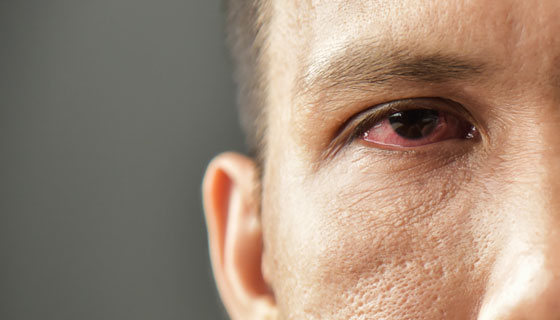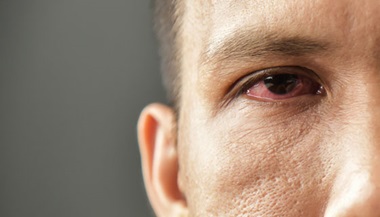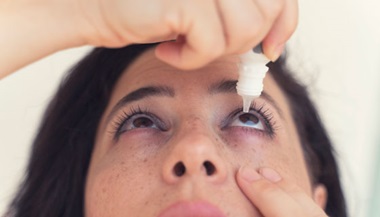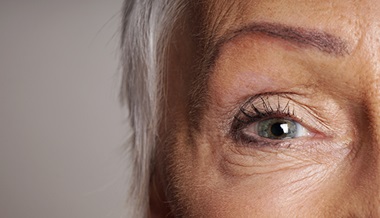Allergic Conjunctivitis
Featured Expert:
Allergic conjunctivitis is inflammation of the conjunctiva, which is the tissue that covers the inside of eyelids, as well as the white part of the eyeball. Sezen Karakus, M.D., an ophthalmologist from the Wilmer Eye Institute, Johns Hopkins Medicine, shares what you need to know about allergic conjunctivitis.
Allergic conjunctivitis is caused by allergens and irritants, such as pollen, dust and mold. Allergic conjunctivitis can be grouped into two types:
Seasonal allergic conjunctivitis: The seasonal form is associated with seasonal allergies that usually occur during the spring and summer months, and sometimes during the fall. Exposure to pollen, grass and other airborne allergens causes seasonal allergic conjunctivitis.
Perennial allergic conjunctivitis: The perennial form persists throughout the year, and is generally triggered by indoor allergens such as animal dander, dust and mold spores.
Allergic Conjunctivitis Symptoms
Common symptoms of allergic conjunctivitis in the eyes can include:
- Intense itching of eyes and urge to rub eyes.
- Red eyes.
- Watery or white, stringy mucus discharge.
- Swollen eyelids.
These symptoms may be accompanied by nasal symptoms such as a runny or itchy nose, or sneezing.
Allergic Conjunctivitis Diagnosis
Your doctor will diagnose you with allergic conjunctivitis through a review of your symptoms and an eye examination. Specific blood tests or skin tests may be required to diagnose or identify the specific allergen causing your reaction.
Allergic Conjunctivitis Treatment
Treatment for allergic conjunctivitis may include:
- Cold compress.
- Artificial tears.
- Anti-allergy eye drops or oral medications (over-the-counter or prescription).
- Allergy immunotherapy.
Some additional measures may be helpful, such as:
- Avoiding allergens.
- Washing your face after exposure to environmental allergens such as dust or pollen.
- Frequent washing of clothes.
- Bathing or showering before bedtime.
- Keeping contact lenses and cases clean and changing contact solution daily.
Pink Eye vs. Allergies
Pink eye, or conjunctivitis, refers to an irritation or infection of the conjunctiva. Allergic conjunctivitis is often confused with pink eye caused by viral infection of conjunctiva due to their similar symptoms.
Similarities
Symptoms of both include:
- Eye redness.
- Watery discharge from the eyes.
- Gritty feeling or foreign body sensation.
Differences
- Intense itching of the eyes is a symptom only associated with eye allergies.
- Pink eye caused by viral conjunctivitis often starts in one eye and spreads to the other, while eye allergies usually affect both eyes at once.
- Viral conjunctivitis can be highly contiguous, which is different from the noncontagious allergic conjunctivitis
Your doctor will be able to distinguish between these two conditions through an eye examination.
Treatment Ocular Surface Disease and Dry Eye Clinic at the Wilmer Eye Institute

The Ocular Service Disease and Dry Eye Clinic at the Wilmer Eye Institute treats a variety of eye conditions, including allergic conjunctivitis.







